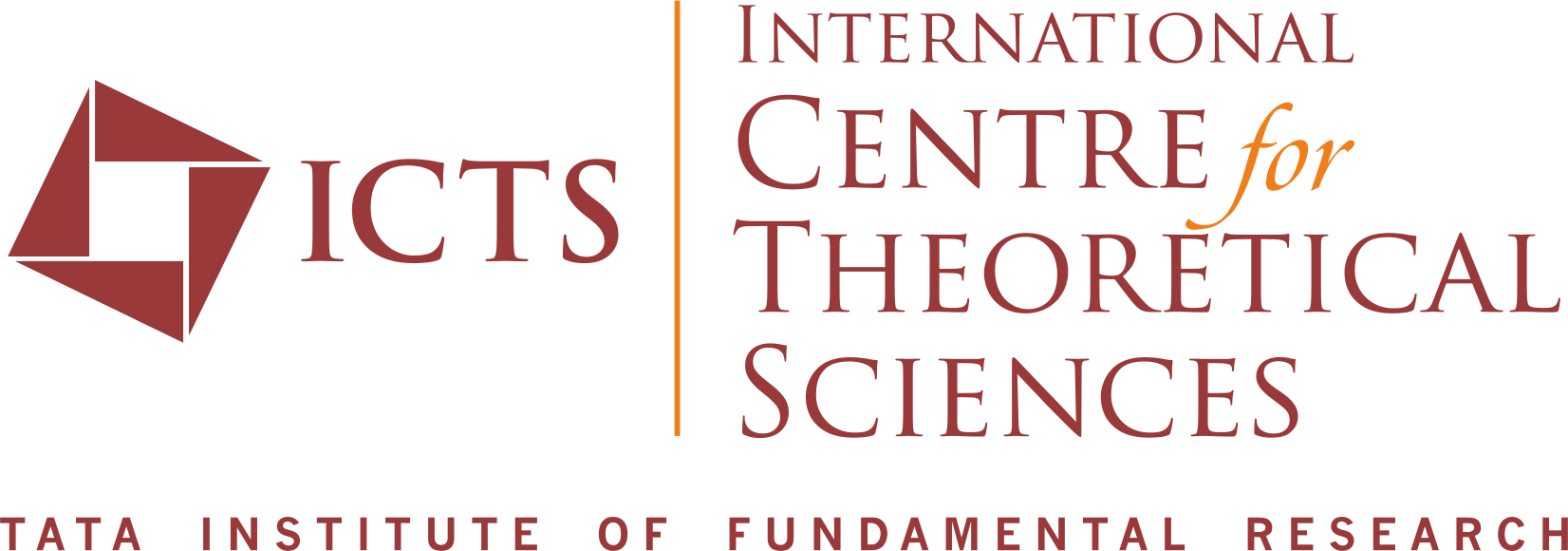Speaker: Andrea Maselli
Title : Exotic compact objects and their gravitational-wave signatures
Tutors:
Rahul Kashyap (ICTS), Krishnendu (CMI)
Course content:
Relativistic perturbations of static and slowly rotating solutions in GR. Exotic compact objects (ECOs). Some notable examples: boson stars and gravastars. The multipolar structure of ECOs. Quasi Normal Modes spectrum for ECOs. Phenomenology of ECOs using gravitational wave observations.
Tutorials:
The exercises will be mainly based on the use of Mathematica codes which will help the students to compute the actual observables that characterizes the ECO’s nature within gravitational wave signals.
References: seminal papers on perturbations theory of compact objects and Love numbers: Phys. Rev. D 10 (2) 1970; Phys. Rev. 108 (4); ApJ 677:1216:1220, 2008; Phys. Rev. D 46 (10) 1992; phenomenology of ECOs: arXiv gr-qc: 1707.0302; Phys. Rev. D 95 (8) 2017; Phys. Rev. Lett. 120 (8) 2018; GWs astrophysics and data analysis basics: Living. Rev. Relativity 12 (1) 2009; General Books: S. Chandrasekhar mathematical theory black holes (Oxford University Press); Michele Maggiore, Gravitational Waves 2 (Oxford University Press).
Speaker: Kenta Hotokezaka
Title: Physics and astrophysics of electromagnetic counterparts of binary mergers
Tutors:
Gayathri Raman (ICTS), Rahul Kashyap (ICTS), M. Saleem (CMI)
Course content:
Physics of kilonovae and synchrotron afterglow of neutron star mergers. Gravitational-wave standard siren measurement of the Hubble constant.
Tutorials:
Semi-analytic calculation of the light curves of kilonovae. Analytic and semi-analytic calculation of synchrotron afterglows. Comparing these results with the observed data of GW170817. Derive the Hubble constant from the parameter posterior distribution of GW170817.
References: Kilonova: (1) Metzger B. D., LLR, 20, 3 (2017), (2) Hotokezaka K. et al, MNRAS, 461, 91 (2017), Synchrotron Afterglow: (3) Sari R. et al ApJL, 497, L17 (1998), Nakar E. and Piran T., Nature, 468, 7367 (2011), GW standard siren: Abbott et al, Nature, 551, 85 (2017).
Speaker: Sourav Chatterjee
Title: Dynamic formation of compact binaries in dense stellar clusters
Tutors:
Sumit Kumar (ICTS), Parita Mehta (ICTS), Shilpa Kastha (CMI)
Course content: Physics of the gravitational N-body problem with large N. Unique nature of a negative heat-capacity system. Collisional vs non-collisional N-body systems. Diffusion coefficients for a collisional system. Massive star clusters. Dynamical formation channels for compact binaries. Differences from other channels. Implications to LIGO and LISA.
References: Galactic Dynamics by Binney & Tremaine (2nd Edition) for analytic formalism. Recent papers on dynamical formation.
Preparatory material: Knowledge of Python (file handling, plotting).
Speaker: Tejaswi Venumadhav Nerella
Title:
Gravitational lensing of electromagnetic and gravitational waves
Tutors: K. Haris (ICTS), Ajit Kumar Mehta (ICTS)
Course content: TBA
Tutorials: TBA
References: TBA
Preparatory material: TBA

